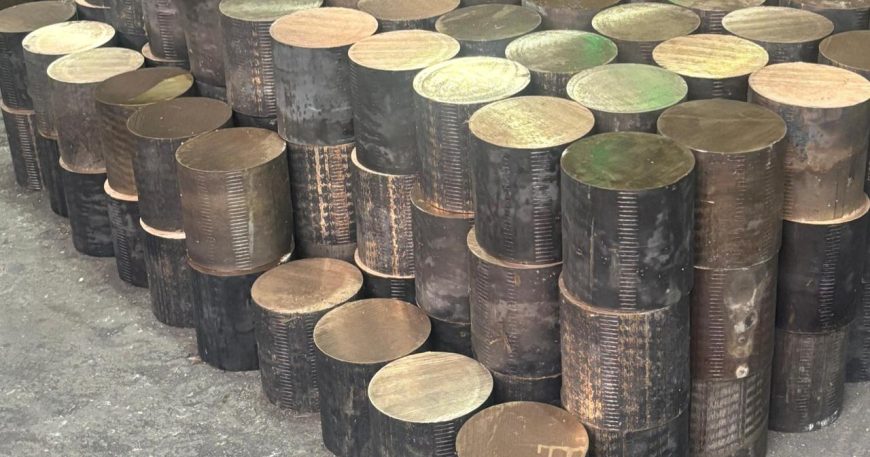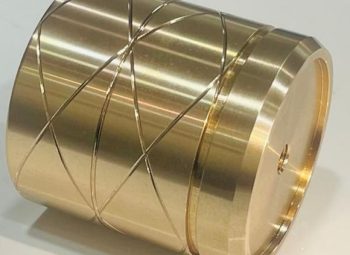C90300 is a designation for a type of Tin Bronze casting alloy, also commonly known by its historical name, “Navy G” Bronze (or SAE 620).
It’s a high-strength, wear-resistant alloy with good corrosion resistance, making it suitable for heavy-duty, low-speed applications.
C90300 is a highly durable Tin Bronze alloy, commonly available in rod and tube (hollow bar) forms, and is widely used for components requiring high strength, excellent wear resistance, and good corrosion resistance.
Its low lead content ( max ) also makes it suitable for many modern plumbing and potable water applications.
Key Characteristics and Composition
- Alloy Type: High Tin Bronze, part of the Copper-Tin (Cu-Sn) alloy family.
- Key Properties:
- High Strength: Possesses good tensile, yield, and compressive strength.
- Wear Resistance: Highly resistant to wear and impact.
- Corrosion Resistance: Offers good resistance to corrosion, especially in saltwater (marine) and potable water applications.
- Machinability: Has a moderate machinability rating (typically of free-cutting brass).
- Approximate Nominal Chemical Composition (by weight):
- Copper (): (range of to )
- Tin (): (range of to )
- Zinc (): (range of to )
- Lead (): Max (making it a lead-free option for many modern applications, including potable water systems)
Key Properties and Composition





